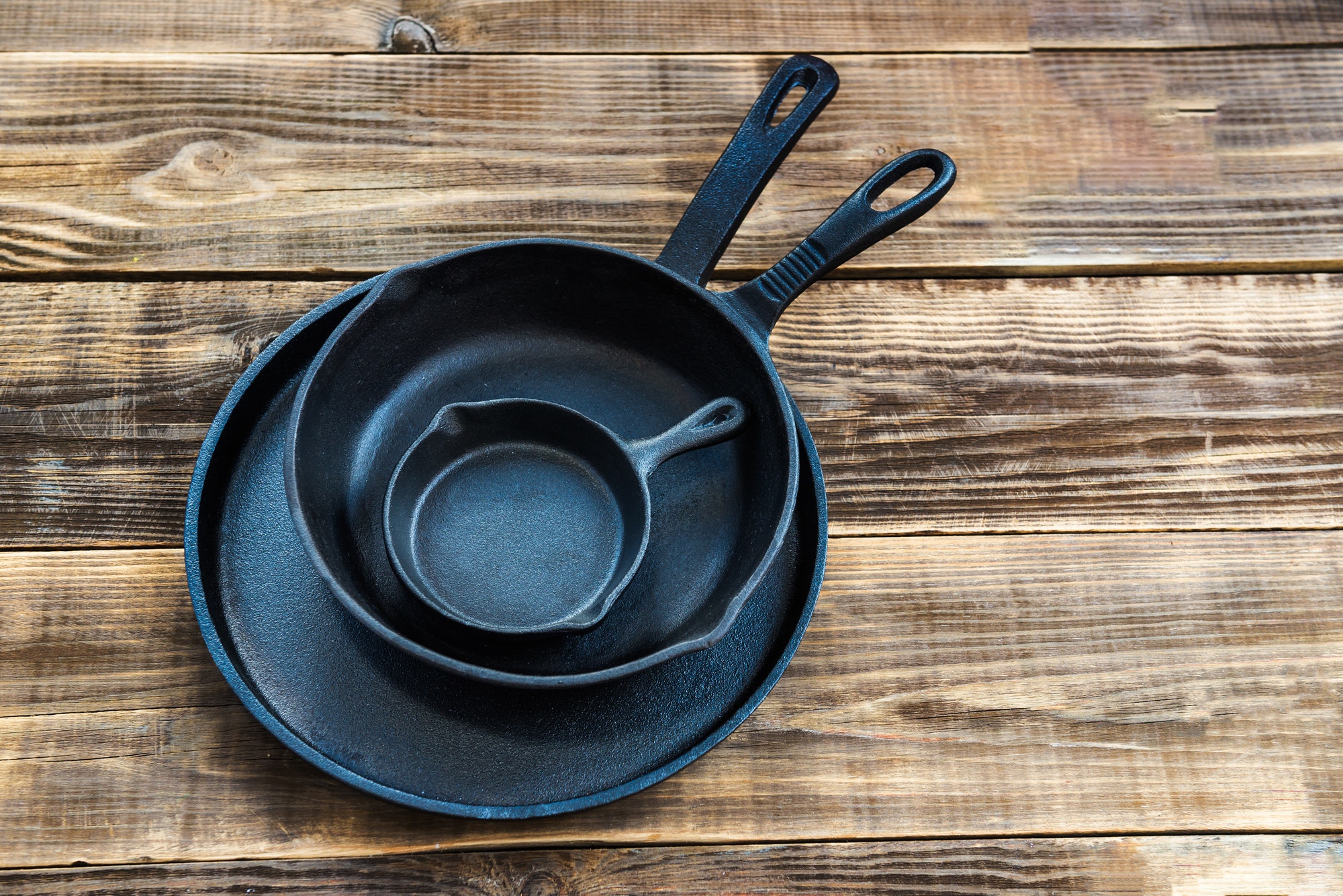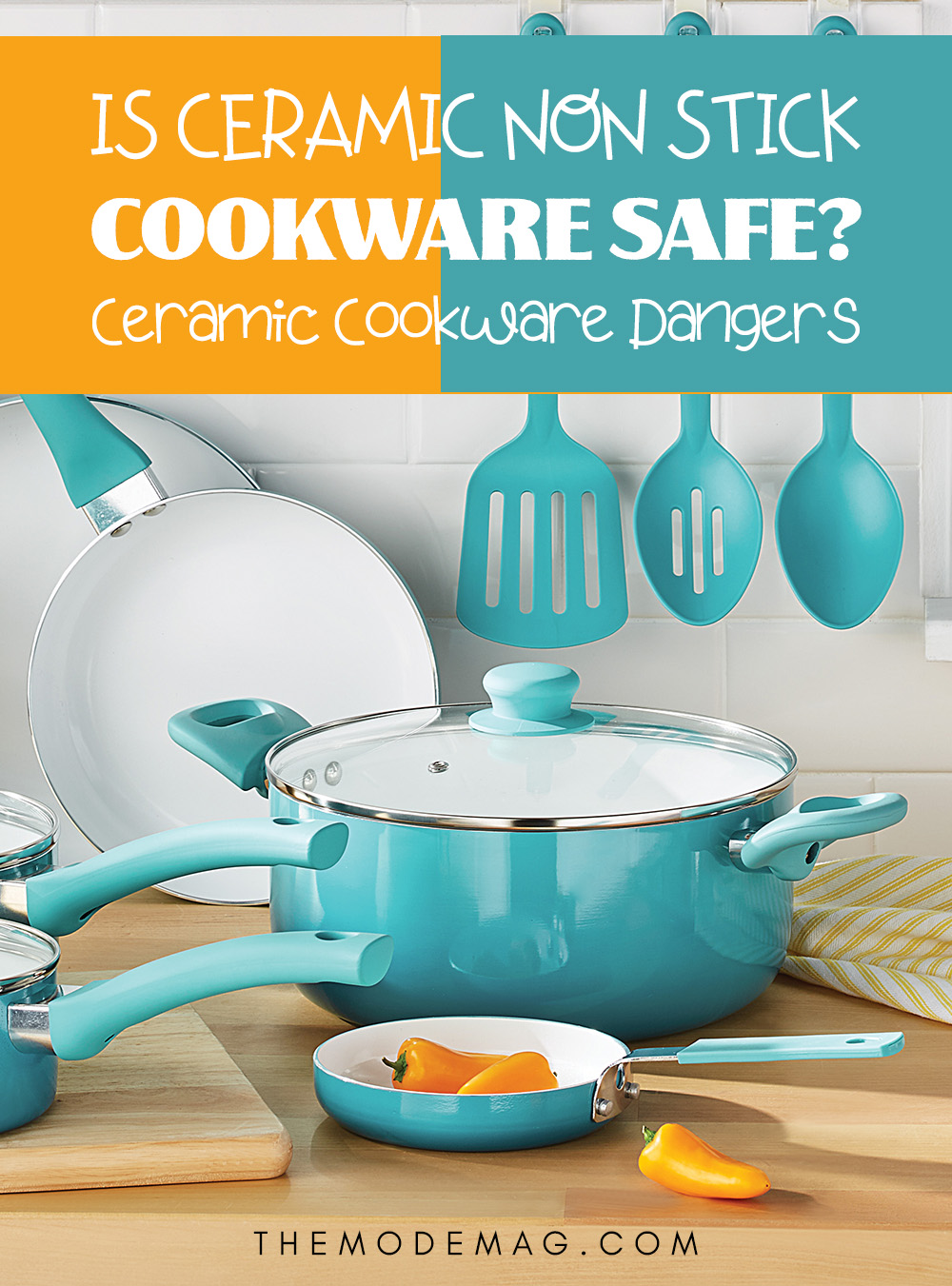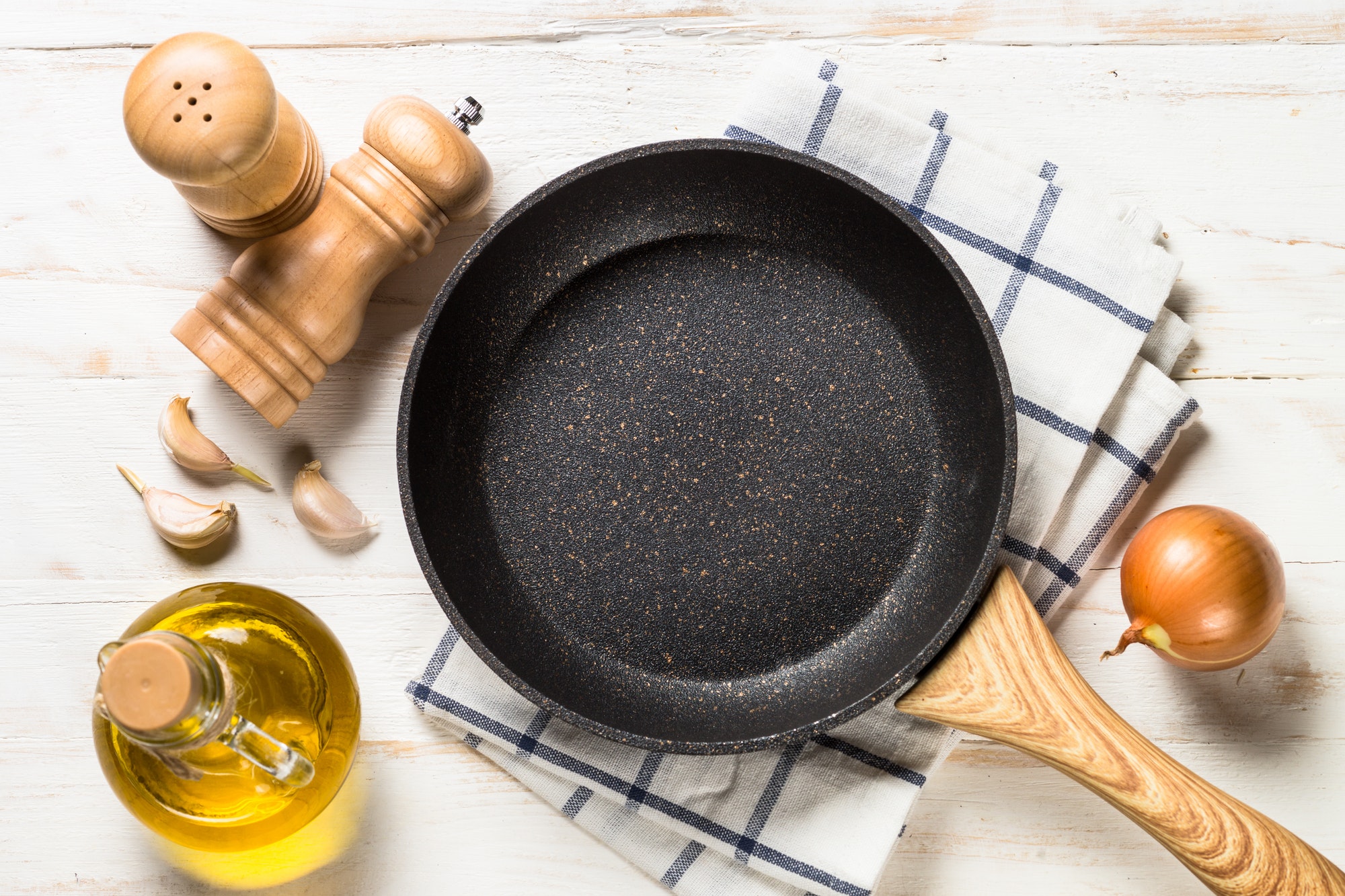Table of Contents
Ceramic cookware is not entirely ceramic, they refer to pots and pan that are kiln baked and specially glazed, ceramic cookware also denotes pots and pans that are made of aluminium or some other metals that are coated with a ceramic enamel and it’s quite becoming trendy cookware for lot’s of households as it is resistant to scratches and chips and you can use it in cooking lot’s of food, however, most worry about how safe ceramic nonstick cookware is, many manufactures will tell you this is 100% safe and while this might be true and there are guides to ensure the proper use of ceramic cookware is done.
Nonstick cookware is not just popular but knowns to make cooking easy but it comes with it’s of disadvantages too and while it might not exactly be dangerous, ceramic cookware coating might be getting a bad rap due to the PFOA contain in some of the ceramic cookware coatings.
How do you know your ceramic nonstick cookware is safe?
Ceramic nonstick cookware has been declared 100% safe, convenient and easy to cook with many times but if you are worried about the dangers of ceramic cookware, this article contains below are things you should know about your ceramic nonstick cookware.
Is nonstick cookware safe to use?
Nonstick cookware can either be made with Teflon or ceramic and 99.9% of nonstick ceramic cookware are ceramic coated which means they are safe, ceramic coated cookware is environmentally friendly.
The nonstick coating is made from a chemical called PTEF. Ingesting small flakes of nonstick coating is not dangerous, this material will most likely just pass through the body.
Safest And Healthiest Cookware Option
The use of ceramic cookware might have you worried about chemicals leaching into your food while cooking with it then it’s best to stock up your kitchen with the safest and healthiest cookware, most of the nonstick cookware in the market today are considered 100% safe but to be on the safe side of things, below are some of the healthiest cookware to buy.
1. Cast Iron Cookware

Cast iron cookware is heavy-duty cookware made of cast iron, this cookware is a great option and it’s loved for its durability, heat retention and ability to be used at very high temperatures.
Cast iron cookware is a favourite for most chef’s, it has been seasoned correctly and has no nonstick qualities and gives your food a distinct flavour that can’t be found in other pots and pans.
This cookware is also very easy to clean and it is made of cast iron, the iron is likely to leech into your food which is why it is recommended as an intervention for people with anaemic.
2. Stainless Steel Cookware
Stainless steel cookware distributes heat evenly while also preventing food from sticking which is why it’s a good choice.
Stainless steel cookware is a metal that contains iron, chrome and nickel, and it is called stainless due to it’s resistance to rust and corrosion which is one of the reasons it is considered great for cooking.
3. Ceramic Cookware

Ceramic pots and pan are not entirely made of ceramics, it is rather made of metal and coated with a nonstick material and a silicon finish that has a ceramic base.
Ceramic cookware is most likely safe and most consumers claim it doesn’t conduct heat evenly across the surface and it needs to be cleaned by hand.
There isn’t much known on how safe ceramic cookware is however, it is safe being used at a higher temperature than traditional Teflon nonstick pot and pans.
4. Copper Cookware
Copper cookware conducts heat really well and can be used for cooking meals on all kinds of temperature and it contains copper which similar to iron has nutritional value however copper can leech into your food in an amount that is not safe to consume which is why it isn’t safe for everyday cooking.
5. Nonstick Cookware

Nonstick cookware is another easy to use cookware and very easy to clean as well.
Nonstick is a category that denotes different finishes and materials to make pots, pan and release cooked food from its surface easily without it sticking to its surface.
Nonstick cookware is the most go-to pan choice for many homes and it requires less butter and oil to lubricate the surface of pots and pans.
Cooking in extreme high temperature can still cause nonstick cookware to break down and get into your food which does not make it the safest but it’s still the most common and affordable cookware.
Safety Tips
Before going for ceramic nonstick cookware, there are some precautionary measures you can take to prevent any health issues on danger when using this cookware, these tips will help minimize your exposure to any materials or metals that could be carried to your food from your cookware.
- When seasoning any kind of cookware, use a small amount of lubricant such as olive oil or coconut oil to minimize the number of invisible metals that could stick to your food.
- Do not store already cooked food in the pot or pan where you have cooked it, this could only be done it a glass or stone bakeware.
- Clean your pots and pans thoroughly after use
- Minimize the amount of time your food gets in contact with the metals in your cookware
- Avoid using hard utensils that are made with metal when using your cookware as they can easily scratch the surface of your ceramic cookware and compromise the surface of your pots and pans.
- Replace your cookware that is made of aluminium or nonstick ceramic cookware every 2 to 3 years or when there is a gouge or scratch in the coating.
Final Thoughts
Ceramic nonstick cookware comes in handy in the kitchen but is not made for every kind of food, they are several types of foods and dishes they are ideal for especially foods that are delicate and more prone to breaking when a spatula is placed underneath it.
Ceramic nonstick cookware is a saviour when it comes to foods like fish and egg cookery and the concern about how healthy and safe it is can feel overwhelming but they won’t affect everyone the same way which is why safety guides above should be followed to limit chemical and meta;l exposure to your food.
Read next: Can You Deep Fry In A Ceramic Pan?

